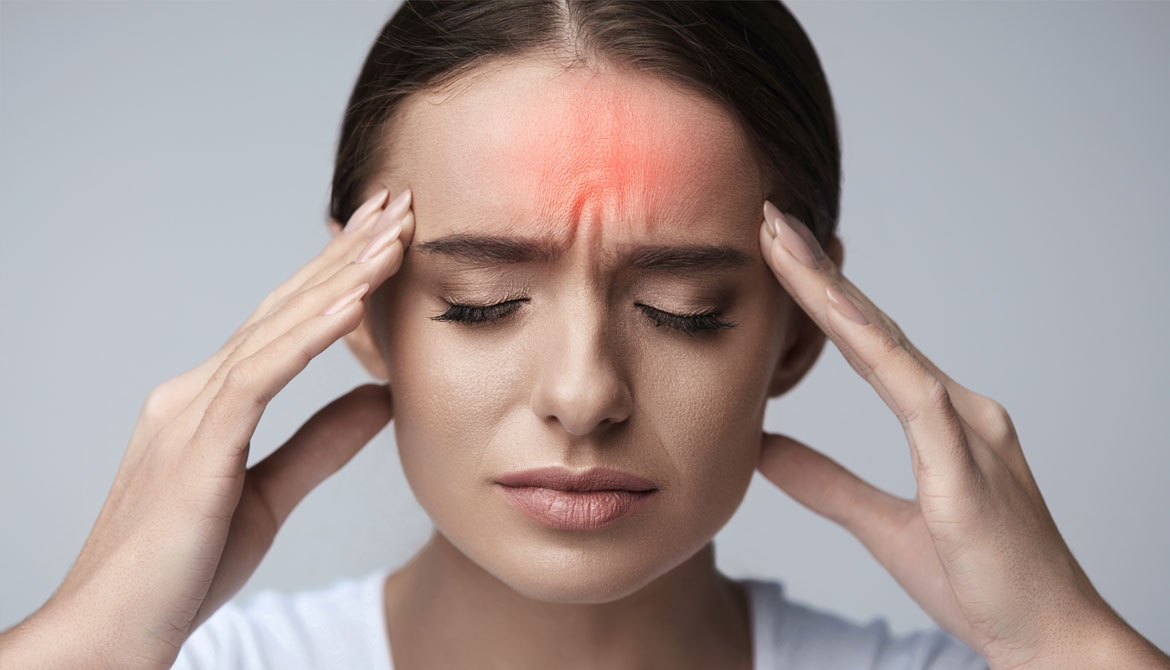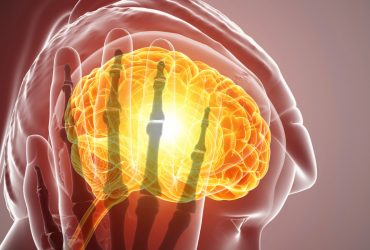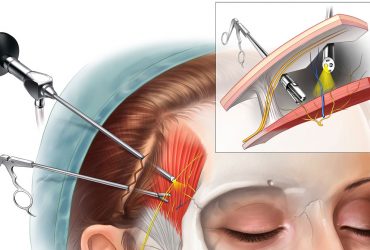10 practical ways to reduce your migraine attacks:
You’ve been diagnosed with migraine and experiencing severe pain from time to time. These pains are often accompanied by sound, light and even fragrance sensitivity and it occurs as you climb stairs. You want to prevent the occurrence of these pain and you often feel comfortable inside a dark room.
I offer you 10 suggestions to prevent and manage your pain:
- Eat your meals on a regular basis
Do not skip your meals. Determine the best time to eat your breakfast and lunch and stick to your routine even if you think you’re not even hungry. Do not forget to have snacks with you if you are interrupting your routine.
- Stay hydrated.
Thirst can trigger migraine. Therefore, make sure to drink enough water or soft drinks throughout the day. Build a habit of carrying a bottle of water with you.
- Exercise
Exercise can trigger migraine, specially, it can exacerbate light pain into a severe level. But moderate and regular exercise reduces headache, fibromyalgia and neck and back pain. Target to exercise at least 3 times a week.
- Regulate your sleep
Lack of sleep and too much sleep (waking up late during weekends) are well known triggers of migraine. Similarly, working in shifts and jet-lag may trigger pain in some individuals. However, sleeping can be good to stop migraine attacks, especially in children.
- Reduce your stress
In 2011, studies showed that stress is the most important trigger for migraine patients. Anxiety, excitement and any type of tension can cause a migraine attack. In addition, some people also reported migraine attacks after stressful days.
- Avoid excessive caffeine
Caffeine is often referred to as a trigger for headache, but for some individuals, a cup of coffee can stop a migraine attack. A person who regularly consumes caffeine may develop headaches if they stop. When you consume too much caffeine, as in taking too much pain killers, headache may become frequent.
- Computer Screens
The glare and severe light from computer or TV screens can trigger your migraine. In addition, sitting still for long hours in front of the screen triggers, not only headaches, but also back pain. After 15-20 minutes of working in front of a computer, stand up and do exercise that will stretch and relax your muscles.
- Keep a diary. Identify the days when your pain occurs
Do you feel pain a day before your menstrual period? Build a habit of writing down your painful days and keep a diary. Determine the pain killers that you will need to take before the painful day occurs with your doctor.
- Avoid taking pain killers frequently
Determine which drugs and painkillers are effective and limit your intake of excessive painkillers. Treatment-resistant pain associated with pain relievers may develop.
- If the pain becomes more frequent, consult your doctor
Your doctor may need a headache diary for an accurate right diagnosis and advises you on what you can do to prevent attacks. It is important to provide your doctor as much detail as possible about your symptoms. There is no special test that can tell you if you have migraines. Your doctor can determine what kind of headaches you have and develop a plan to help you.








